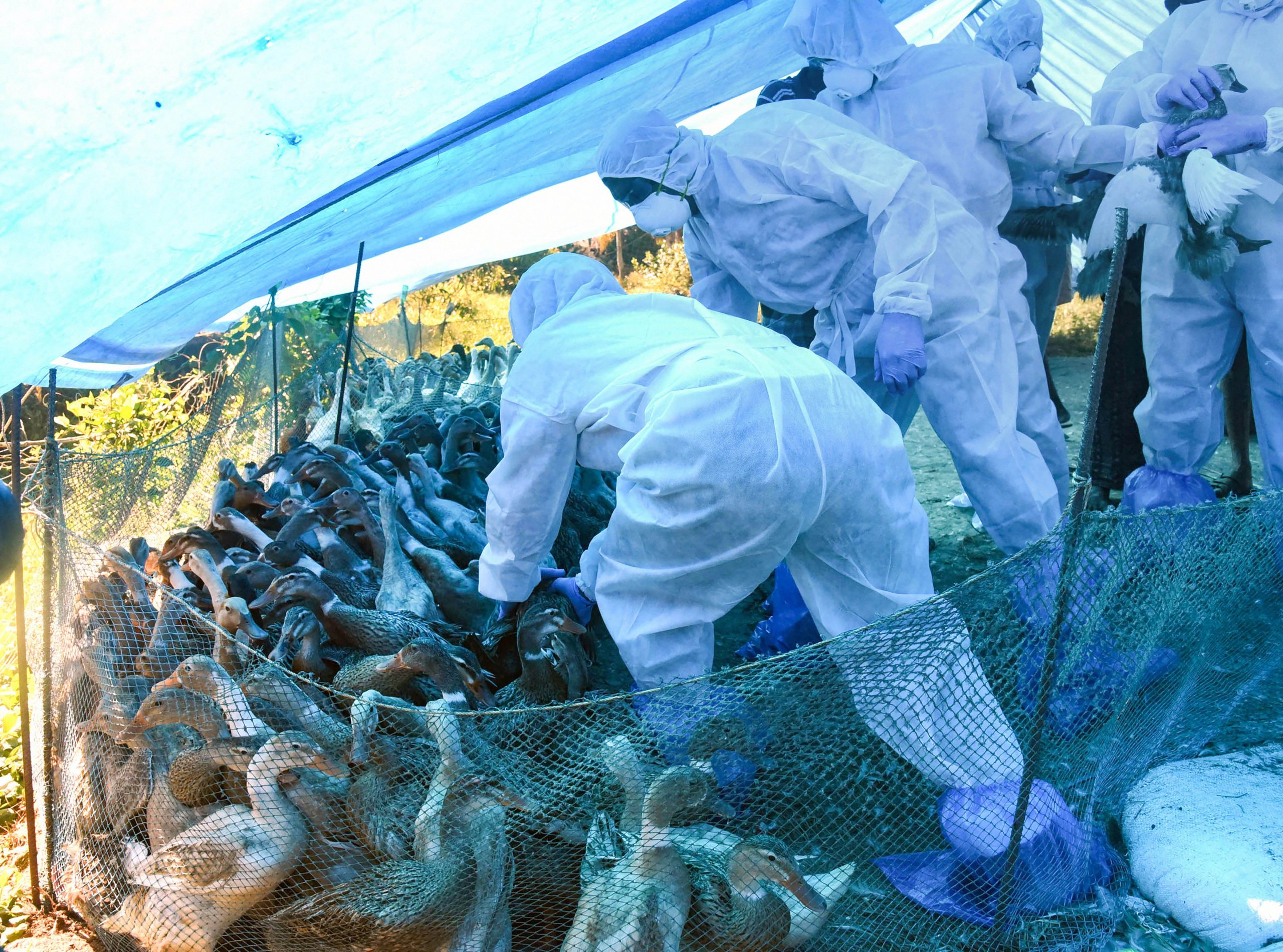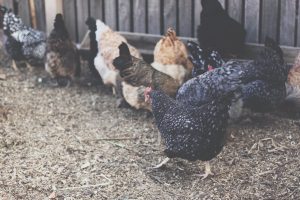China, on June 1, reported the world’s first human infection of the H10N3 bird flu strain. However, maintained that the risk of it spreading widely among people was low. China’s National Health Commission described H10N3 as low pathogenic in birds. Low pathogenic means it is less likely to cause death or severe illness.
Several strains of bird flu have been found among animals in China but mass outbreaks in humans are rare. The last human epidemic of bird flu in China happened in late 2016 to 2017, with the H7N9 virus.
Also Read |After 112 years in hiding, ‘extinct’ giant tortoise found in the Galapagos
But what do “H” and “N” in avian influenza stand for?
Avian influenza (AI) viruses are classified by two groups of proteins: hemagglutinin or “H” proteins; there are 16 of them (H1 to H16). And neuraminidase or “N” proteins; there are nine of them (N1 to N9).
There are different combinations of “H” and “N” proteins that are possible. Each combination is taken as a different subtype, which can be further broken down into different strains.
Usually, H5 or H7 subtypes of Type A influenza are highly pathogenic in nature. They are found in poultry. However, low pathogenic forms of these H5 and H7 viruses also exist.
Also Read | See-through frogs, panda ants: Animals you didn’t know existed
Further breaking it down:
“H” denotes one of the 16 different ‘hemagglutinin’ proteins that are in a virus, allowing it to penetrate and infect a foreign body.
Called ‘neuraminidase’, “N” is another protein in the genetic make-up of a flu virus.
Also Read | Pygmy hogs come back from the brink of extinction, courtesy captive breeding
Since Hemagglutinin and neuraminidase were the first aspects of the flu virus that were identified, the nomenclature was named keeping the two genes in mind. The numbers denote when they were discovered. For example, H1 – was identified first.







